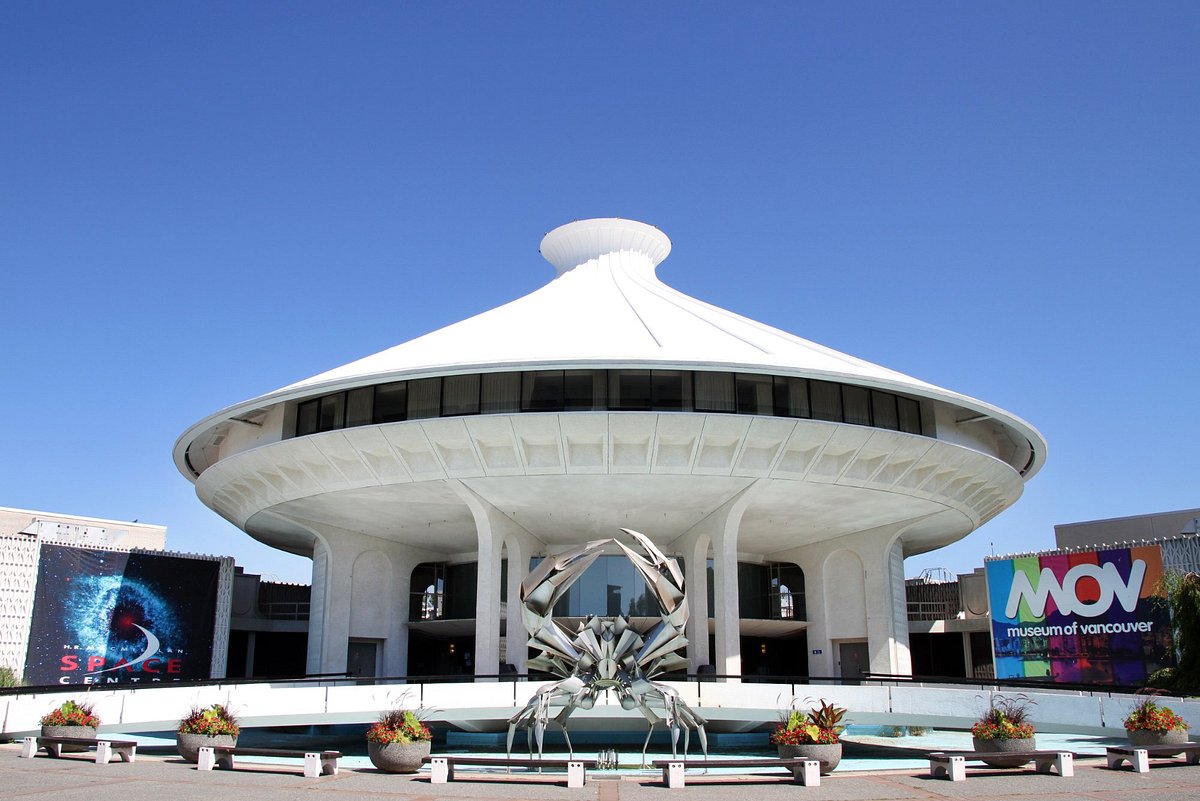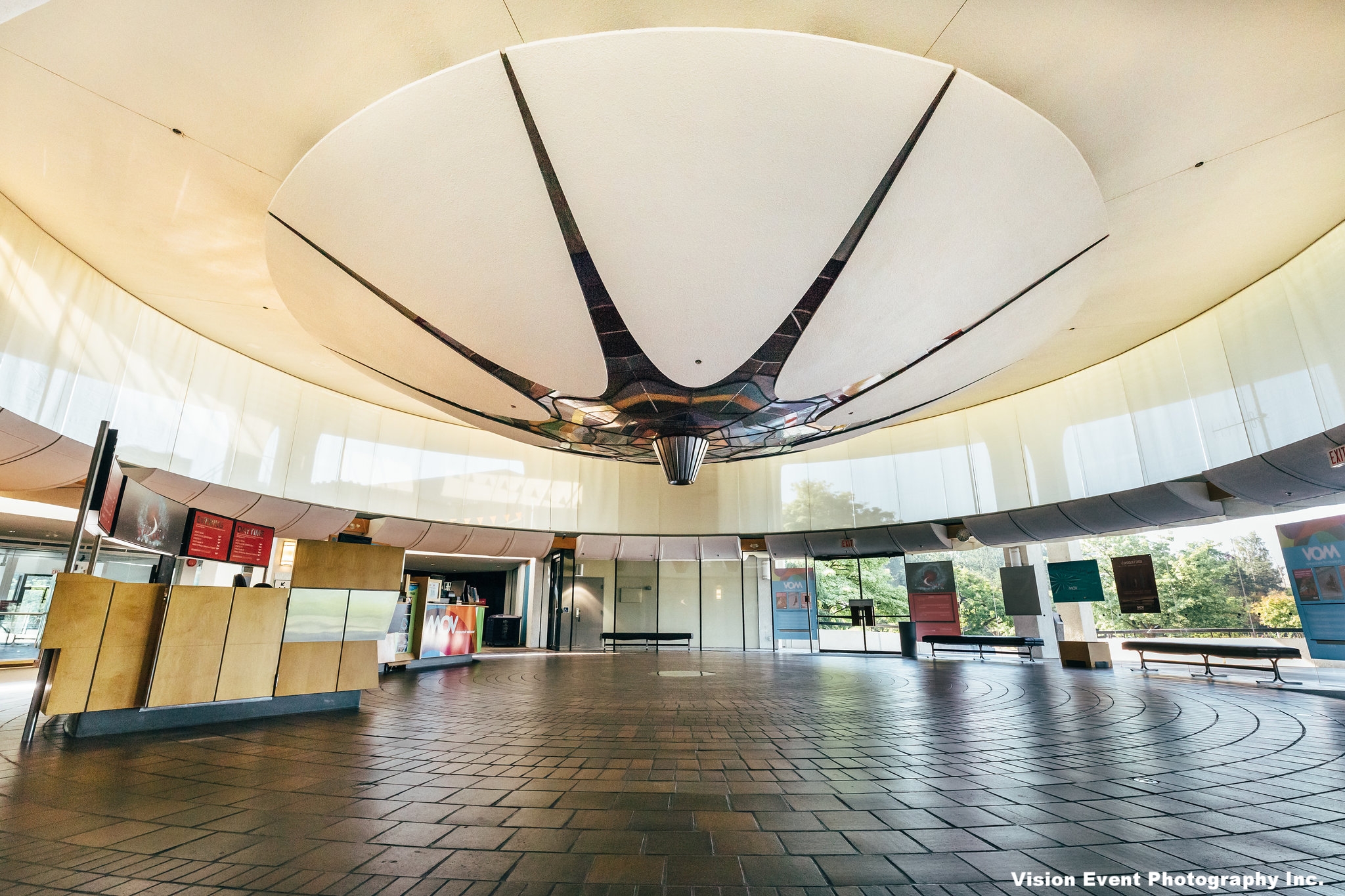Museum of Vancouver Map: Navigate the Museum with Ease
Museum of Vancouver Map: Navigate the Museum with Ease
Blog Article
Uncover Vancouver's Past at the Gallery of Vancouver: A Journey Via Time
Vancouver's background is a tapestry woven with threads of Native heritage, immigrant influence, and urban makeover, each including depth to the city's rich story. At the Museum of Vancouver, this elaborate previous unfolds via thoroughly curated exhibits that not only portray the city's starting age yet likewise highlight its diverse cultural advancement.
Indigenous Origins and Heritage
The Gallery of Vancouver is deeply devoted to recognizing and showcasing the Aboriginal origins and heritage that are important to the city's identity. With its thoughtfully curated displays, the gallery gives an academic journey into the abundant cultural tapestry of the Native peoples that have lived in the area for thousands of years. By teaming up closely with Indigenous communities, the gallery makes sure that their tales are told with authenticity and respect.
Among the standout functions of the museum's Native collections is its emphasis on the varied customs, languages, and artistic expressions of the First Nations, Métis, and Inuit individuals. The exhibitions explore the profound link these neighborhoods have with the land, highlighting their lasting methods and exceptional expertise of the all-natural world. Artefacts such as ritualistic regalia, devices, and carvings serve to illustrate the deepness and diversity of Indigenous societies.
Additionally, the gallery on a regular basis holds occasions, talks, and workshops led by Indigenous musicians and chroniclers, offering a platform for modern Aboriginal voices. This ongoing dialogue not only enlightens visitors yet additionally cultivates reconciliation and understanding, important for the city's cultural landscape. With these initiatives, the Museum of Vancouver plays a critical duty in preserving and commemorating Aboriginal heritage.
Vancouver's Starting Era
Structure from the ingrained Indigenous heritage, Vancouver's starting era marks a substantial advancement in the city's history. This period began in earnest in the late 19th century, following the facility of the Canadian Pacific Train's western terminus in 1887. The arrival of the railway was a catalyst for economic transformation, drawing business owners, settlers, and opportunists to the expanding city. It helped with the exchange of products and ideas, linking Vancouver to the remainder of copyright and beyond.
At the heart of this period was the city's unification on April 6, 1886, which marked its official acknowledgment as a city. Just months later, a terrible fire brushed up through, leaving much of the location in damages. Nevertheless, the durable spirit of its residents radiate with as they quickly rebuilt, preparing for the dynamic metropolis that would certainly emerge.
Popular figures such as John "Gassy Jack" Deighton and the initial mayor, Malcolm Alexander MacLean, played pivotal functions fit the city's very early personality. Their payments, along with the influx of varied areas, created a special cultural tapestry. The Gallery of Vancouver offers a window right into this interesting period, showcasing artefacts and tales that catch the city's formative years.
Urban Growth and Development
As Vancouver transitioned into the 20th century, its city growth and growth became defining attributes of the city's advancement. The conclusion of the transcontinental railway in the late 1800s located Vancouver as a major Pacific port, catalyzing its group and financial expansion. The city quickly transformed from a moderate negotiation to a blossoming metropolitan area, driven by industries such as profession, angling, and lumber.
The very early 1900s saw considerable metropolitan preparation efforts targeted at suiting the expanding populace. Our site Facilities developments included the growth of streetcar lines, which promoted suburban growth and the introduction of communities like Mount Pleasant and Kitsilano. The cityscape was further improved by the building of famous frameworks such as the Marine Building and the Resort Vancouver, which mirrored the architectural goals of the time.
Additionally, Vancouver's growth was marked by obstacles such as real estate lacks and the need for improved public features. In reaction, city planners and policymakers worked towards developing an extra habitable city atmosphere, concentrating on zoning guidelines and the development of public parks, consisting of the prominent Stanley Park. These efforts laid the foundation for Vancouver's track record as a lively, lasting city.
Cultural Advancement and Diversity
Vancouver has constantly accepted cultural evolution and diversity, shaping its identity as a cosmopolitan city. Historically, Vancouver's growth was influenced by its Native individuals, whose rich practices and backgrounds are foundational to the region's cultural fabric.
The Gallery of Vancouver gives a thorough expedition of these multicultural narratives, showcasing artifacts, photographs, and individual stories that highlight the varied communities that have actually settled in the city. These include the substantial contributions of Chinese, South Eastern, Japanese, and European immigrants, each leaving an indelible mark on Vancouver's social and social scene. The exhibitions expose how these different influences have actually promoted an atmosphere of inclusivity and intercultural dialogue.
In addition, the museum highlights Vancouver's commitment to cultural preservation and promotion via its public programs and partnerships with cultural companies. By providing the city's layered history, the Museum of Vancouver not only celebrates previous achievements however also underscores the recurring journey toward greater social understanding and unity.

Modern Innovations and Future Visions
Exactly How does the Gallery of Vancouver envision the future while rooted in its rich past? The Gallery of Vancouver welcomes electronic development to improve site visitor experiences, making use of enhanced reality and interactive screens to bring historical stories to life.
The gallery's events frequently highlight the city's role as a center of social and technical technology. By showcasing sophisticated projects from local business owners and developers, the Gallery of Vancouver placements itself as a sign of motivation for future generations. The establishment is dedicated to promoting dialogue around sustainability and urban advancement, motivating site visitors to consider the impact of existing technologies on future cultures.
In its quest to blend future and past, the gallery also collaborates with futurists and artists to develop exhibitions that discover prospective scenarios for Vancouver. Through these efforts, the Museum of Vancouver not just maintains the city's background however also actively takes part in forming its future narrative.
Verdict

At the Gallery of Vancouver, this detailed past unfolds through carefully curated shows that not just illustrate the city's starting age yet additionally highlight its diverse cultural advancement.The Museum of Vancouver is deeply dedicated to honoring and showcasing the Aboriginal roots and heritage that are integral to the city's identification. The Gallery of Vancouver provides a home window into this interesting duration, showcasing artefacts and tales that catch the city's formative years.

Please visit one of our local supporters - LR Window Films copyright
Report this page